Jeonju Kongnamul Gukbap on CNN: ‘Waeng-i-jip’ vs ‘Hyundaeok’
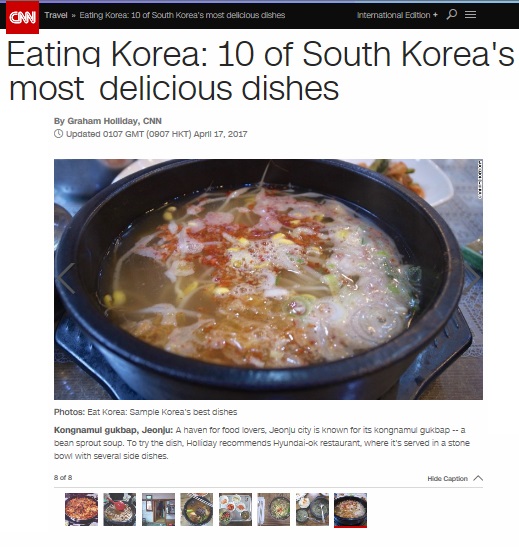
Recently, CNN produced an article on ten of South Korea’s most delicious dishes. Jeonju kongnamul gukbap (bean sprouts soup with rice) made into the list. The article was about a book published by a British writer Graham Holliday: Eating Korea: Reports on a Culinary Renaissance. He’s famous for his previous book Eating Vietnam.
Graham Holliday especially praised Jeonju kongnamul gukbap as the best hangover solution and rejuvenating treat for travellers. I was surprised to know that even foreigners new to Korean cuisine can appreciate the crisp and refreshing flavor of Jeonju Kongnamul gukbap. Thus, in this post, I decided to introduce two famous Jeonju kongnamul gukbap venues: Waeng-i-jip and Hyundaeok. Let’s find out how the local delicacy drew interests of CNN and people visiting from all over the world.
‘Our broths are boiling even while you’re asleep’: Waeng-i-jip
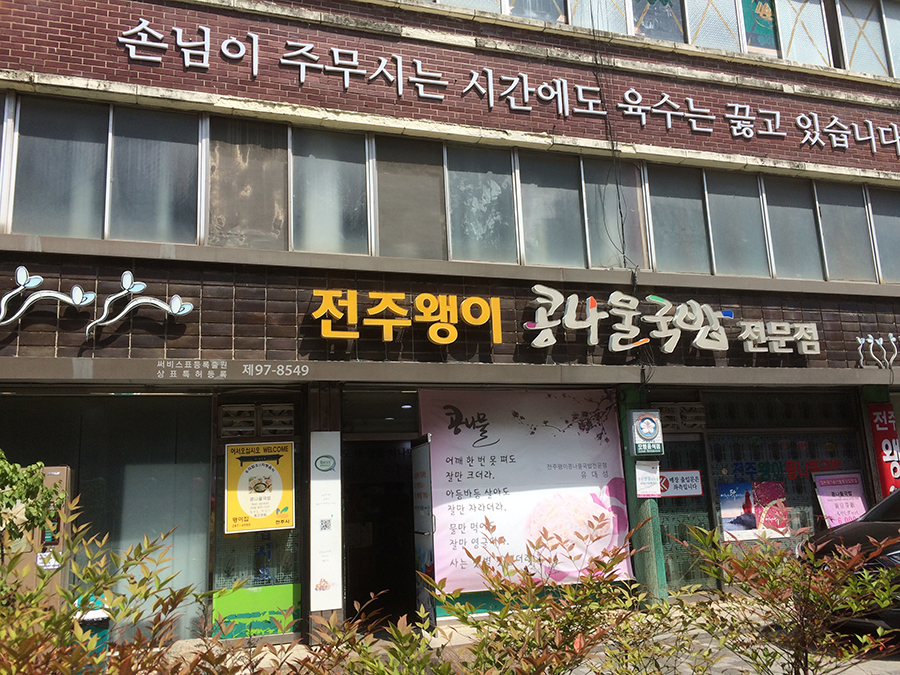

Waeng-i-jip is located on Dongmun Sageori district behind the Gyeonggijeon Palace. The restaurant has long been one of locals’ favorite kongnamul gukbap venues. These days, it has also been frequented by the tourists visiting Jeonju Hanok Village. The restaurant has two buildings, the older main hall and newly-built annex. The atmosphere of the main hall is more traditional and historic.


Most visitors seemed to prefer to dine at the newly-built annex building over the shabbier main hall. However, I found the atmosphere of the main hall more charming, especially for enjoying the flavor of the traditional commoners’ delicacy of Jeonju kongnamul gukbap. As I stepped inside the main hall, I was surrounded by the heat and steam coming from the boiling broth. The oil stove, hanging board, and sliding doors were giving an air of analogue sensibility.

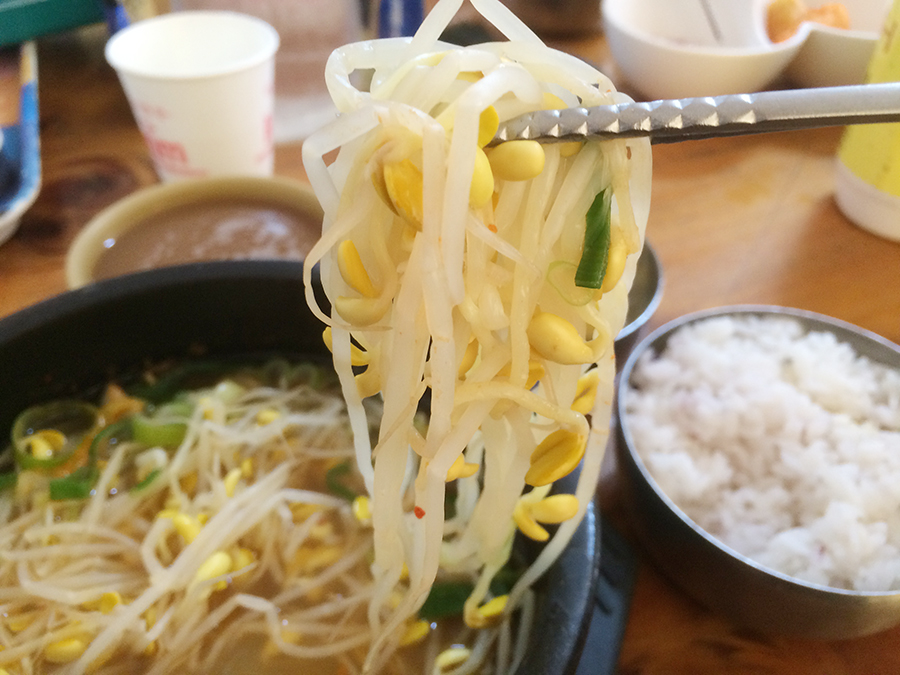
The menu of Waeng-i-jip offers only one dish: the 6,000 won Jeonju kongnamul gukbap. Waeng-i-jip’s kongnamul gukbap is different from that of other restaurants where bean sprouts and broth are boiled together. The kongnamul gukbap here is more traditional, because the broth and bean sprouts are cooked separately. This method preserves the crispiness of bean sprouts.
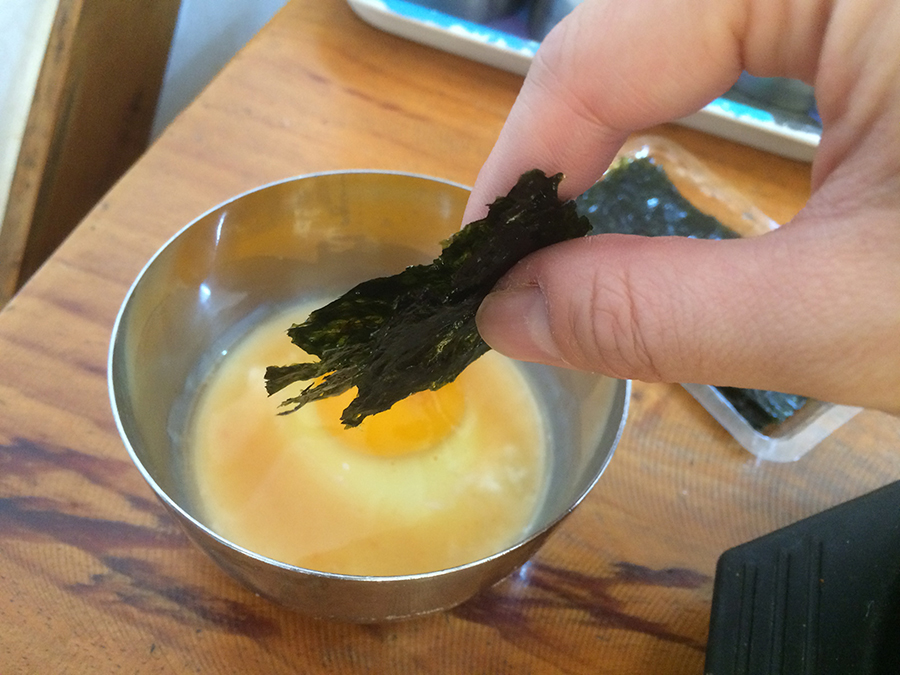

The poached egg offered with kongnamul gukbap is also excellent. The egg is slightly cooked inside the metal rice bowl. To properly enjoy the poached egg, sprinkle a spoonful or two of broth and add shredded seaweed, mix well, and drink from the bowl. It’s very savory.
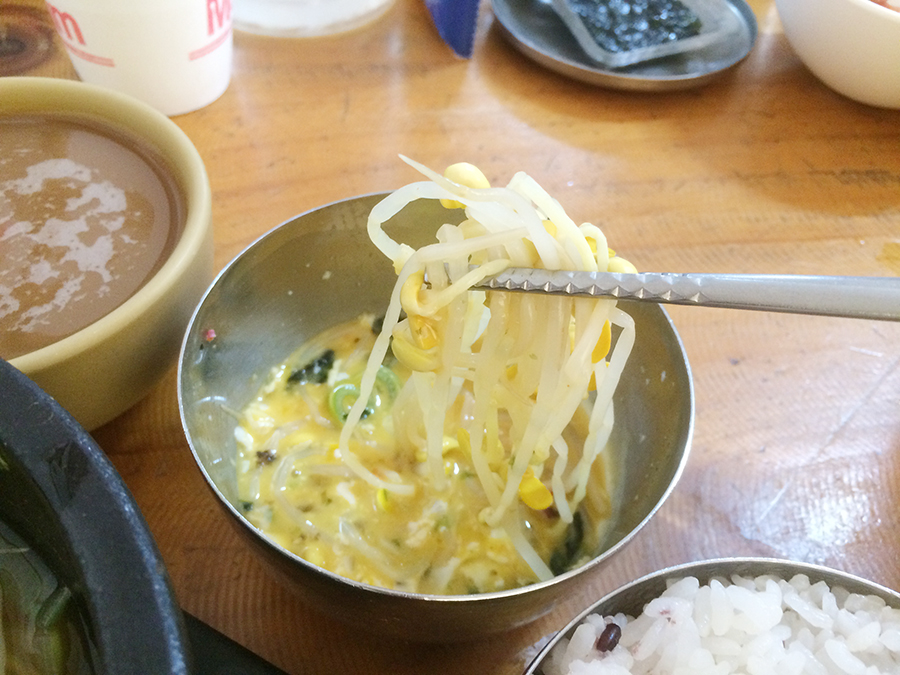
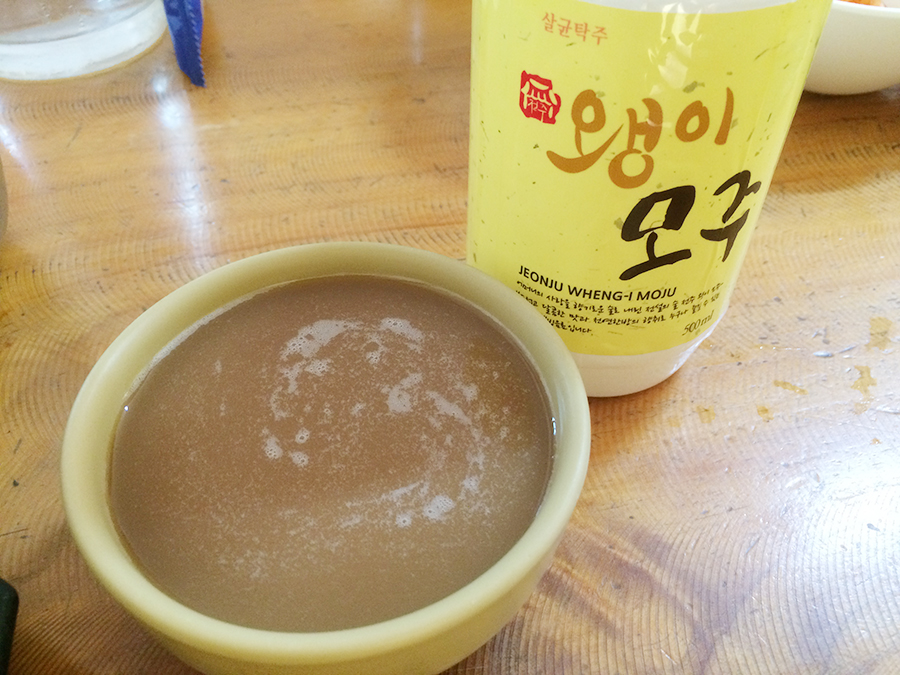
You may also add shredded shallots in kongnamul gukbap or soak bean sprouts in the poached egg. Also, a bowl of moju, a local sweet rice wine, enhances the flavor of kongnamul gukbap.
Jeonju Nambu Market Style Kongnamul Gukbap at Hyundaeok
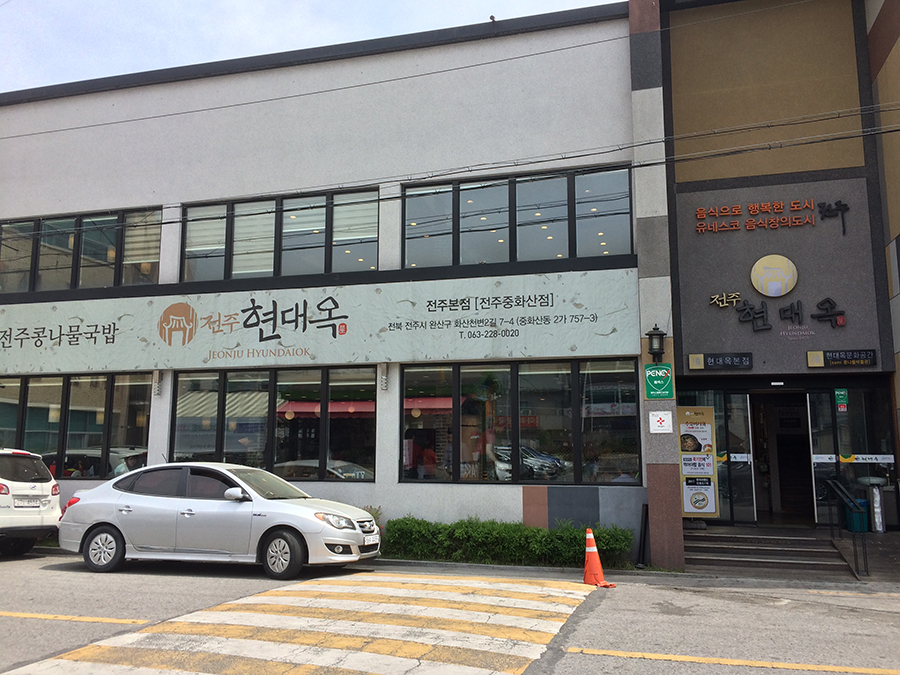
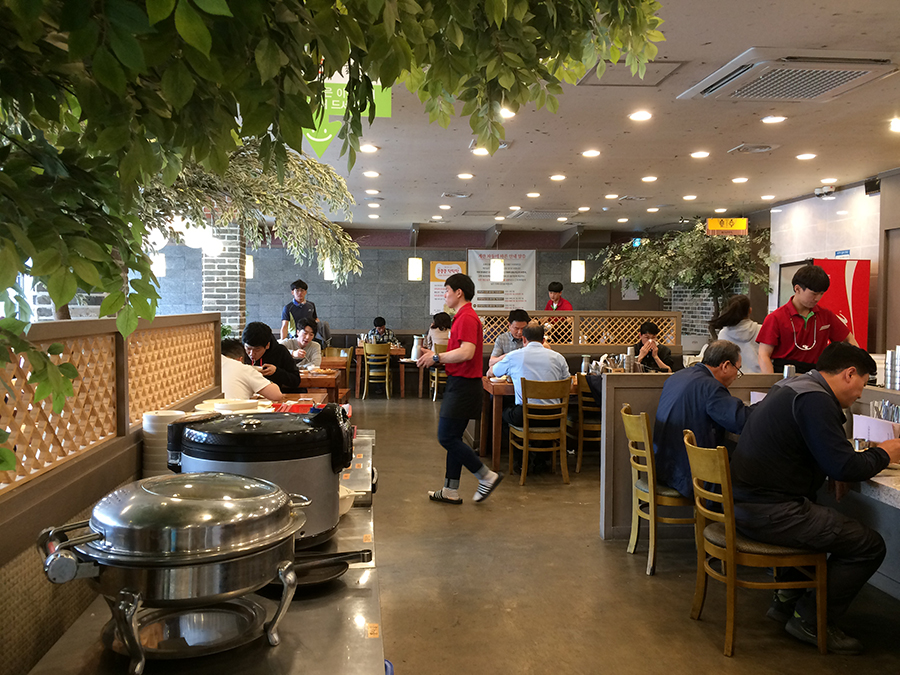
It’s said that Jeonju kongnamul gukbap originated from Jeonju Nambu Market. On the market days, those visiting the market early in the morning had kongnamul gukbap for breakfast, which made this local delicacy famous nation-wide. The typical side dishes offered with kongnamul gukbap, such as pickled small shrimps, spicy pickled squid, roasted seaweed, and the like are usually sold at the market groceries. Therefore, the history of Jeonju kongnamul gukbap cannot be separated from Jeonju Nambu Market. Hyundaeok is one of the oldest Jeonju kongnamul gukbap venues that started in the market.
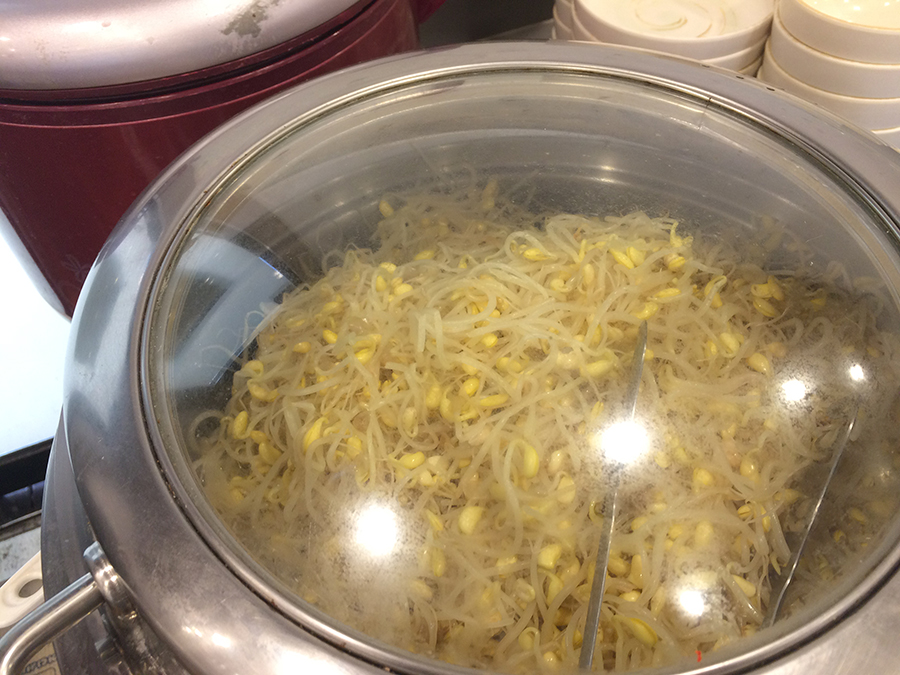
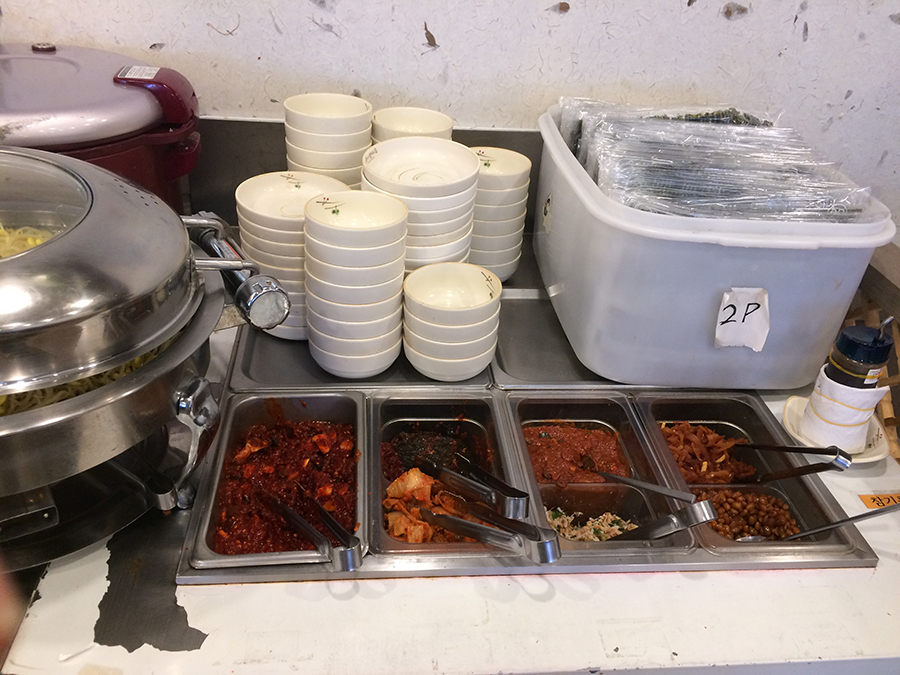
The original birthplace of Hyundaeok is still operating in the Nambu Market, but the current headquarter of Hyundaeok is located in the Junghwasan-dong district. Although the Hyundaeok headquarter is a newly-built building, its kongnamul gukbap recipe and taste are still very traditional.
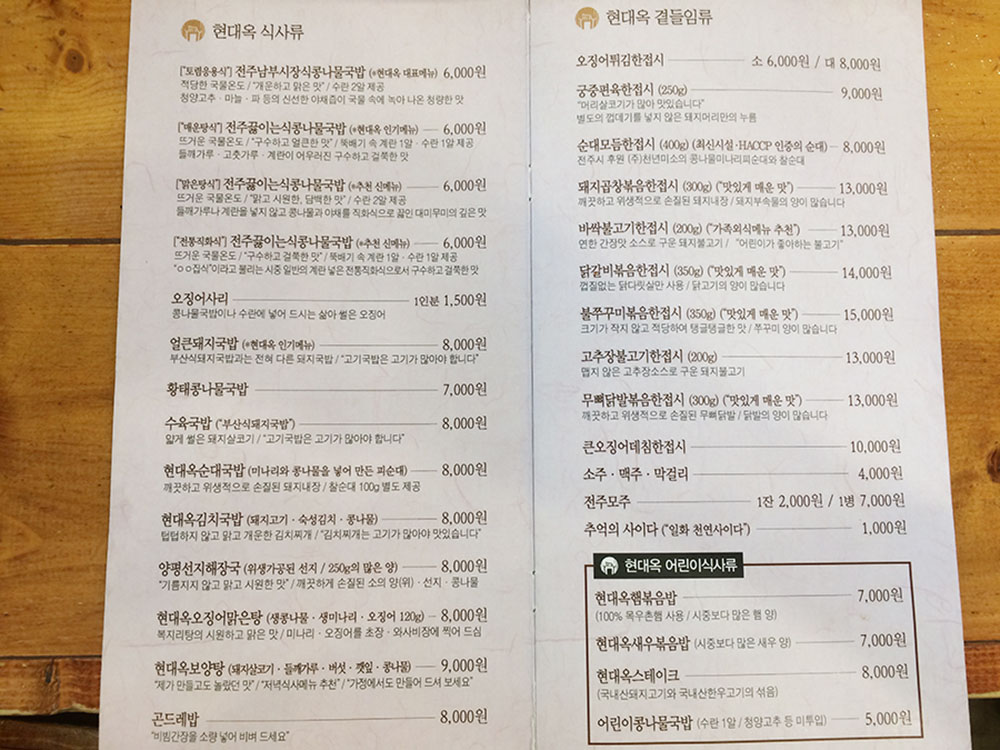
Unlike other Jeonju kongnamul gukbap places, Hyundaeok has a wide range of dishes on the menu. There are even a few different styles of Jeonju kongnamul gukbap. I could also find the side dishes that goes well with kongnamul gukbap. Hyundaeok seemed to simultaneously protect the local culinary tradition and modernize the dishes.

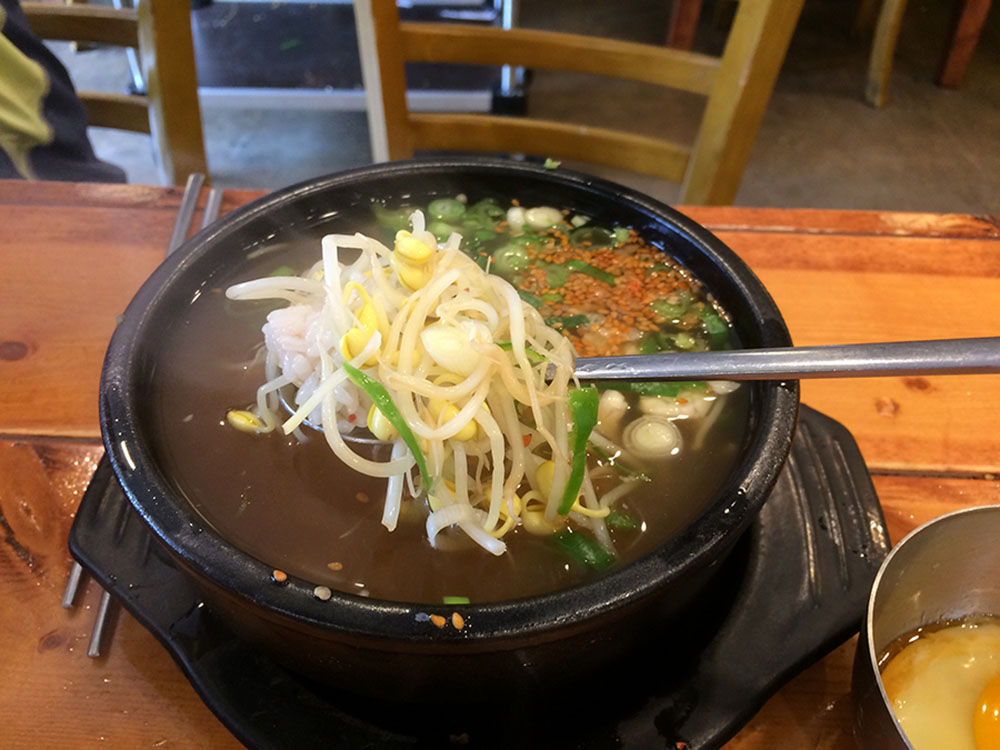
▲ Above is ‘Jeonju Nambu Market style (toryumsik)’ kongnamul gukbap
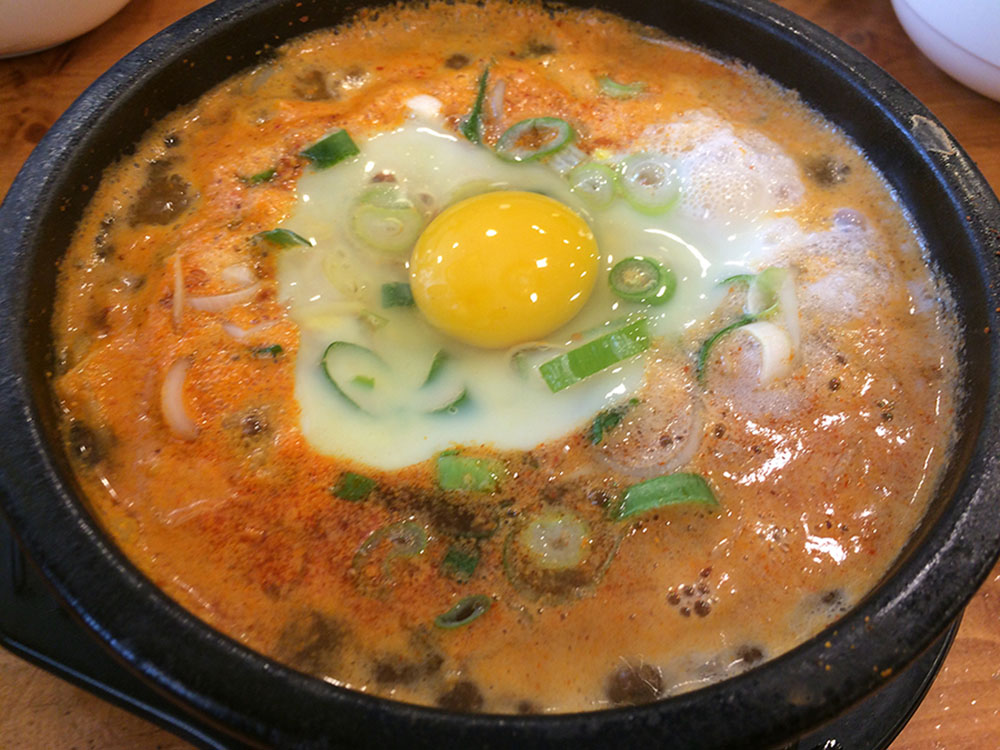

▲ Above is the ‘boiling style (kurinunsik)’ kongnamul gukbap
The Nambu Market style is called ‘toryumsik.’ The process of adding steamed rice and bean sprouts into the bowl and heat them by pouring the hot broth in and out several times is called ‘toryum.’ This process minimizes rice starch melting into the broth, preserving the crispiness and refreshing flavor of broth and rice. Also, the temperature of the bowl is kept warm enough but not too hot for those who are busy.
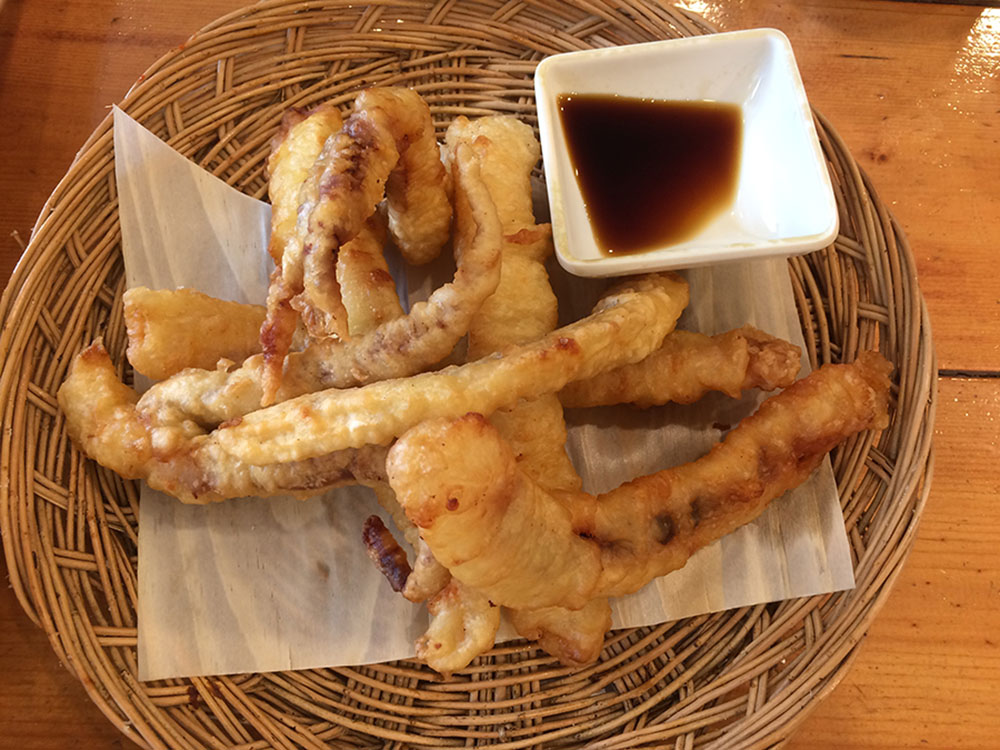
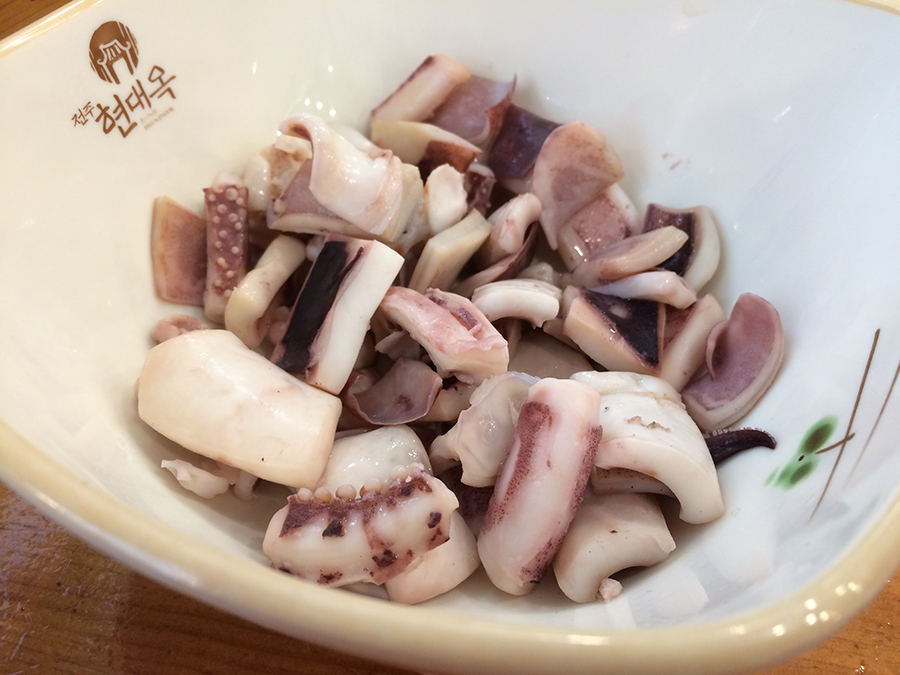


One way to enhance the flavor of Hyundaeok kongnamul gukbap is to add boiled squid into the broth. A dish of deep-fried squid also goes surprisingly well with kongnamul gukbap. Don’t forget that the take-out americano coffee place in front of Hyundaeok offers 1,000 won americano coffee upon presentation of the receipt from Hyundaeok.
The reason why Jeonju is famous for kongnamul gukbap would be the clean water and master chefs of the region. Jeonju kongnamul gukbap is originally more of a Korean instant soul food that allows market visitors twenty minutes of break from the cold early morning breeze. Graham Holliday described Jeonju as ‘gourmet haven.’ I haven’t met him personally, but he seems to know the town very well. Jeonju is known to have the best food in all Korea. If you visit Jeonju, don’t forget to try Jeonju kongnamul gukbap!


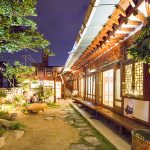



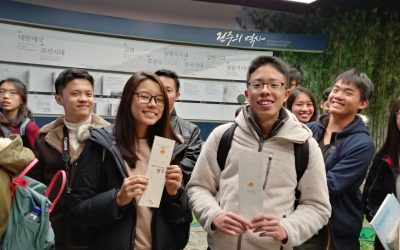
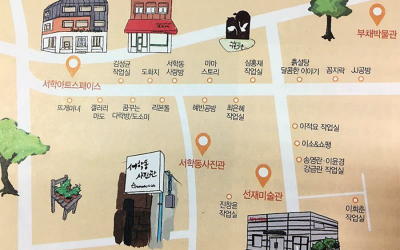
Recent Comments